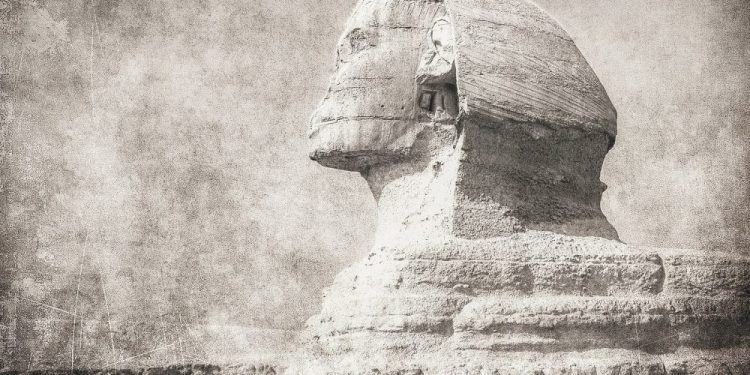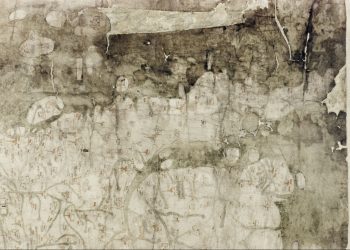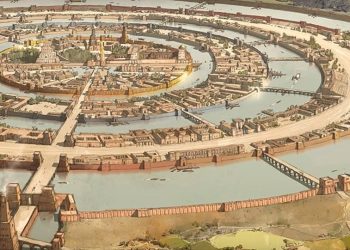Located on the Giza plateau, on the western bank of Egypt’s Nile River, the Great Sphinx stands guard. Carved out of a large block of limestone, the impressive monumental sculpture is often regarded as one of the largest and oldest monuments in the world. It is perhaps as impressive as the pyramids of Egypt. Despite being older than old, and although experts have studied and surveyed it for more than 200 years, we have still not solved the riddle of the Sphinx. The monolithic monument refuses to give up its secrets. We’ve still not been able to firmly conclude when the statue was carved, who it was commissioned by, and its original purpose.
Here are ten curiosities about the Great Sphinx
We’ve got no idea when it was carved. Although the origins of the Sphinx are shrouded in controversy, it is generally accepted—with lacking evidence—that the Great Sphinx was carved during the Fourth Dynasty Reign of Khafre, around 4,500 years ago. Nonetheless, since there are no ancient texts dating back to the time it was carved, for all we know, the Sphinx could be more than 10,000 years old, as some experts have proposed recently. Restored already 3,500 years ago. The Sphinx is a really, really old statue. Already to the ancient Egyptians, the Great Sphinx was the remnant of a long-gone time. It is so old that the Sphinx was excavated from the surrounding sand and restored some 3,500 years ago, during the reign of Pharaoh Ramesses the Great.
The buried ancient wonder
It spent centuries buried beneath the sand. The Sphinx is so old that it spent centuries buried to its neck beneath Egypt’s golden sands. During the long history of ancient Egypt, numerous pharaohs excavated and restored the Sphinx, and as generations went on, the Sphinx was buried, excavated, and buried again. The Great Sphinx was partially excavated in the 1870s. The fact that the Sphinx spent so much time buried beneath the sand likely helped in its preservation since it wasn’t exposed to climate factors that may have caused the statue to deteriorate faster.
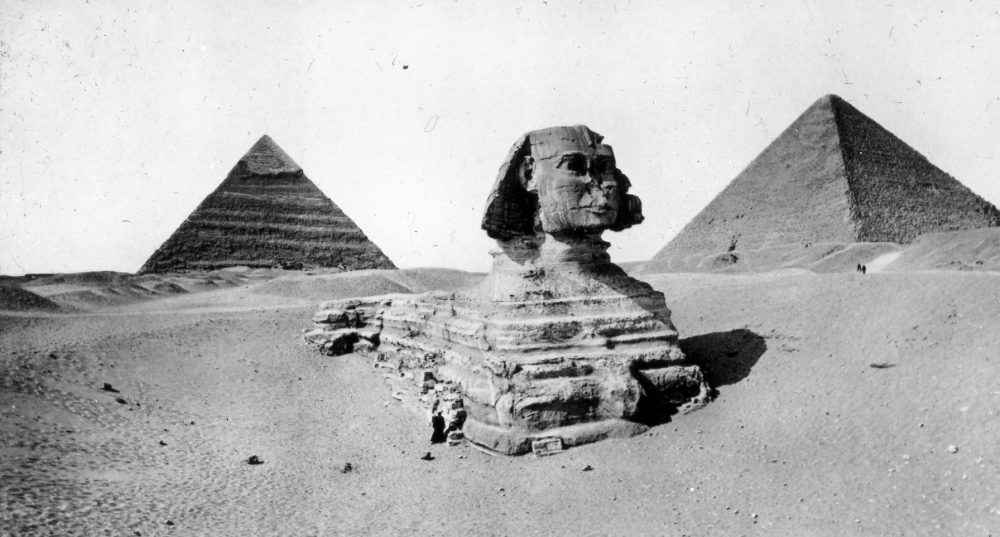
It wasn’t Napoleon
Napoleon didn’t destroy its nose. Although some people believe that Napoleon destroyed the nose of the Sphinx during his Egyptian campaign, this was not the case. It is most likely that the statue was defaced already in ancient times. The painting made by Frederic Louis Norden in 1738 shows that the Sphinx’s nose was already missing when Napoleon came to Egypt. The Sphinx had a beard. Not your traditional beard, but it still had one. However, experts believe that the beard may not have been originally there and that it was added to the monument sometime in antiquity, probably during the reign of Thutmosis IV, which may have done more than restore the statue. The remnants of the Sphinx’s beard are located in the British Museum.
A colorful statue. Although the Sphinx isn’t in its best shape now, and given that time has taken a toll on the statue, in ancient times, the Sphinx was kind of like a rock star, painted in beautiful vivid colors. Traces on the Sphinx revealed that its body and head were painted in reddish colors while its nemes, the part that covered its head, was painted in yellow and blue, making the Sphinx stand out from the desert landscape. The Pyramids of Giza were also beautifully colored. They were most likely cased with highly-polished limestone that made them shine like a mirror.
The Mighty Lion
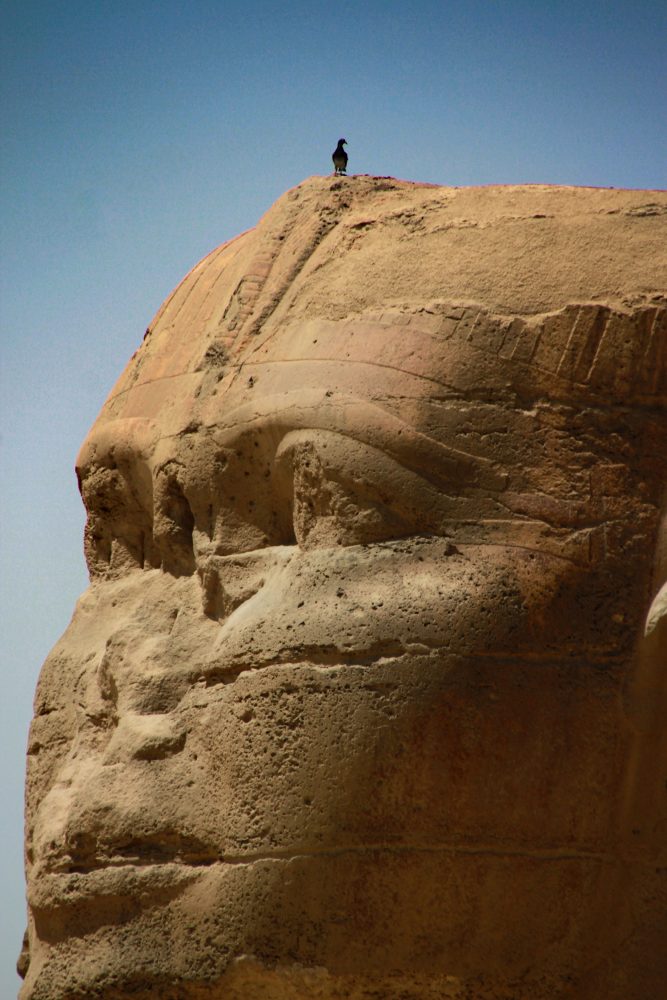
It has a tail. Shaped with the head of a man, the Sphinx’s body was carved to depict a mighty lion. Like all lions, the Sphinx has a tail. Although not many people have paid attention to it, the Sphinx’s tail is curled behind it. This suggests the Sphinx was carved in a resting position. Legends have it; the Sphinx has chambers inside it. In fact, this is more than just a myth. Throughout the years, many writers and experts have proposed that the Sphinx is not solid on the inside but that there are cavities inside it. Tantalizing clues suggest an underground world of labyrinths and tunnels beneath the Sphinx and the Giza plateau. One of the entrances to the Sphinx’s interior was sealed off in 1926 by Emile Baraize during restoration work on the statue. This entrance, a shaft at the back of the monument, was first identified by Johan Michael Vansleben in 1679 and explored in full by Egyptologist Auguste Mariette in 1853.
Underground secrets
A subterranean world. Evidence gathered throughout the years suggests that the Great Sphinx is far more important than just a statue carved out of limestone. Geological surveys of the area have revealed cavities beneath the Sphinx. The existence of these cavities offers alluring clues that, more than just a myth, the subterranean world beneath the ancient statue—and perhaps the pyramids—is real. Researchers from Waseda University discovered and confirmed, more than thirty years ago, the existence of various cavities beneath and around the Sphinx. More than 1.5 million sunrises. Many people believe the Great Sphinx was deeply connected to the Sun. The statue faces from West to East. If the Sphinx is at least 4,500 years old, it means that the Great Sphinx has witnessed more than 1.5 million sunrises during its long existence.
Join the discussion and participate in awesome giveaways in our mobile Telegram group. Join Curiosmos on Telegram Today. t.me/Curiosmos



